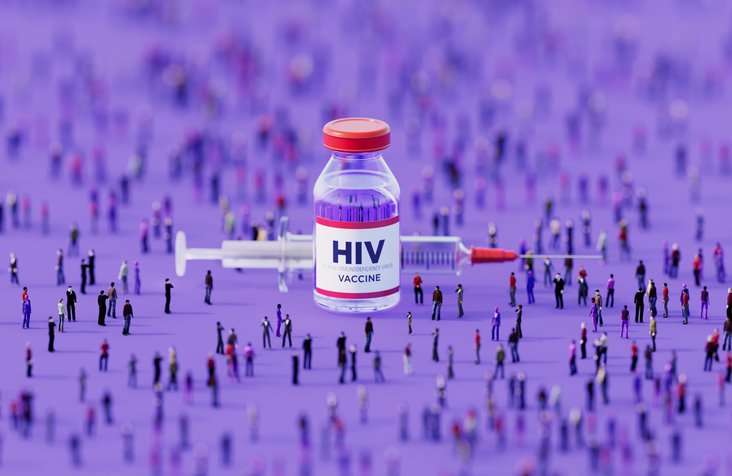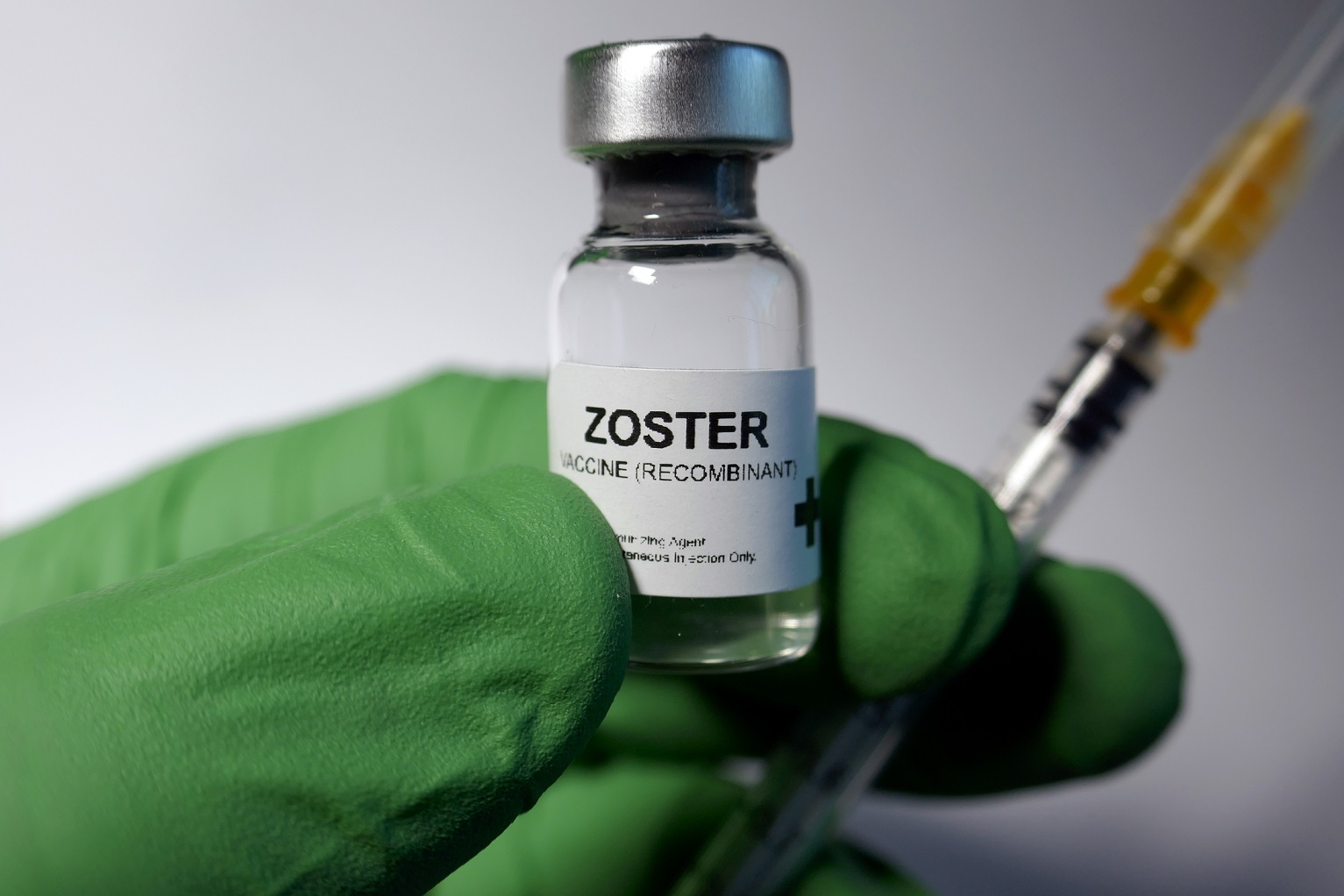- Pyrethroid pesticides are derived from the Chrysanthemum flower and have been embraced as far less toxic than older insecticides such as the now-banned DDT.
- The pyrethroids are the most commonly used pesticide in the world for household, pets, mosquito control and agricultural use. They are found in over 3,500 registered products.
- An increased risk for development of ADHD has been documented for both laboratory animals and surveyed children exposed to pyrethroid pesticides and safety studies are needed.
The natural insecticidal properties of pyrethrum, a chemical group found in the Chrysanthemum Cinerariifollum (a flower from the same genus as the common daisy) have been recognized at least since around 1800, when it appears in Chinese history.1 By 1845, bales of the dried flowers were being imported into the U.S., primarily for use against body lice and crawling insects in the home, and the first pyrethrum-extract sprays for use against flying insects (houseflies and mosquitos) were introduced in 1917, when the U.S. navy percolated the ground flowers with kerosene.2
Pyrethrum-containing products were widely available for general use even before the chemistry of the why and how they worked was clarified in 1924, when scientists working out of Switzerland isolated the active ingredients in the pyrethrum flowers and opened up the field to chemical analysis and synthesis.2
Naturally occurring pyrethrins are highly unstable, breaking down quickly with exposure to sunlight. Synthesized pyrethroids, first introduced in 1949,3 are structurally similar to the natural pyrethrins, but are not only more stable in the presence of sunlight but also more toxic to insects, as well as to animals and humans.1
Nevertheless, in light of the available alternatives, the introduction of the synthetic pyrethroid insecticides was a welcome development to many who saw it as a safer and more effective choice than the older insecticides such as the extremely toxic DDT (dichlorodiphenyltrichloroethane), which was banned in 1972 because of its harmful effects on the environmental and health.3
A Cautionary Note From the EPA
Although the pyrethroid pesticides are considered safer than many of the older organophosphate pesticides, which have more obvious toxic effects on birds and mammals, not even the Environmental Protection Agency (EPA) considers them to be totally harmless. Citing their use in over 3,500 registered products commonly used around households, on pets, in mosquito control and in agriculture, the EPA says, “This change to less acutely toxic pesticides, while generally beneficial, has introduced certain new issues. For example, residential uses of pyrethrins and pyrethroids may result in urban runoff, potentially exposing aquatic life to harmful levels in water and sediment.”4
Long-Term Effects in Question
One of the features that make the pyrethrins seem more benign than other pesticides is their rapid metabolism. Even the synthesized pyrethroids break down relatively rapidly and are not measurable after a short time.
Now, studies are showing that both animal and human data indicate an increased risk for Attention Deficit Hyperactivity Disorder (ADHD) with exposure to this extremely common pesticide, and the effect appears to remain even after the pesticide residue has completely broken down to unmeasurable levels in the body.
ADHD in Pyrethrin-Exposed Laboratory Animals and Surveyed Children
A study out of Rutgers University has concluded that laboratory mice exposed to the pyrethroid pesticide deltamethrin in utero and after birth through nursing developed several key characteristics of ADHD, including dopamine-signaling changes in the brain (responsible for emotional expression and cognitive functioning), hyperactivity, working memory, attention deficits and impulsivity. Similar to what is seen in the human population, four times as many male mice as females exhibited the ADHD features, and the behaviors persisted throughout adulthood, despite undetectable levels of pesticide in their system.5
Corroborative data show that these tendencies also show up in human children.6 Among 2,123 children and adolescents evaluated for the Centers for Disease Control’s National Health and Nutrition Examination Survey (NHANES) (a multi-faceted survey designed to evaluate the health and nutritional status of the U.S. population), only data from the 2001–2002 survey included a diagnostic interview specific for both ADHD symptoms and markers for pyrethroid pesticide exposure.
Within that specific survey, 687 8- to 15-year-old children were eligible for ADHD/pesticide exposure analysis. The subset was comparable to the rest of the NHANES study children in many other study variables including age, gender, race/ethnicity, family income, health insurance status, prenatal or current tobacco exposure, birth weight or ADHD status, whether determined by DSM-IV criteria or caregiver report. Overall, those with higher levels of pyrethroid pesticide metabolites in their urine were found to have a greater than twofold risk for ADHD. As in the animal studies, the effect was much more pronounced among boys, and was particularly notable in the category of hyperactivity/impulsivity.
Genetic and Environmental Factors in ADHD
It is generally accepted that ADHD is a multifaceted disorder and that, while genetic susceptibility plays an important role, environmental factors also contribute. Suggesting that pesticide exposure during early development might be one of the causative factors in ADHD, Jason Richardson, lead researcher of the Rutgers study, said, “Although we can’t change genetic susceptibility to ADHD, there may be modifiable environmental factors, including exposures to pesticides that we should be examining in more detail.”
Richardson further stressed that true human safety studies are needed to evaluate the effects of the pesticide on fetal development. He explained that young children and pregnant women metabolize chemicals more slowly, increasing their risk from exposure to pesticides and concludes, “We need to make sure these pesticides are being used correctly and not unduly expose those who may be at a higher risk.”
References:
1 Agency for Toxic Substances and Disease Registry. Public Health Statement for Pyrethrins and Pyrethroids. September 2003.
2 Glynne-Jones A. Biopesticides: Pyrethrum. Pesticide Outlook (The Royal Society of Chemistry) October 2001.
3 The History of the Pyrethrins. BBSRC: Bioscience for the future. Undated; most recent data from 2011.
4 U.S. Environmental Protection Agency. Pesticides: Regulating Pesticides. Pyrethroids and Pyrethrins. EPA.gov December 2013.
5 Lally R. Common Pesticide May Increase Risk of ADHD. Rutgers Today Jan. 29, 2015.
6 Wagner-Schuman M, Richardson JR, Auinge P, et al. Association of Pyrethroid Pesticide Exposure With Attention-Deficit/Hyperactivity Disorder in a Nationally Representative Sample of U.S. Children. Environmental Health May 28, 2015.











